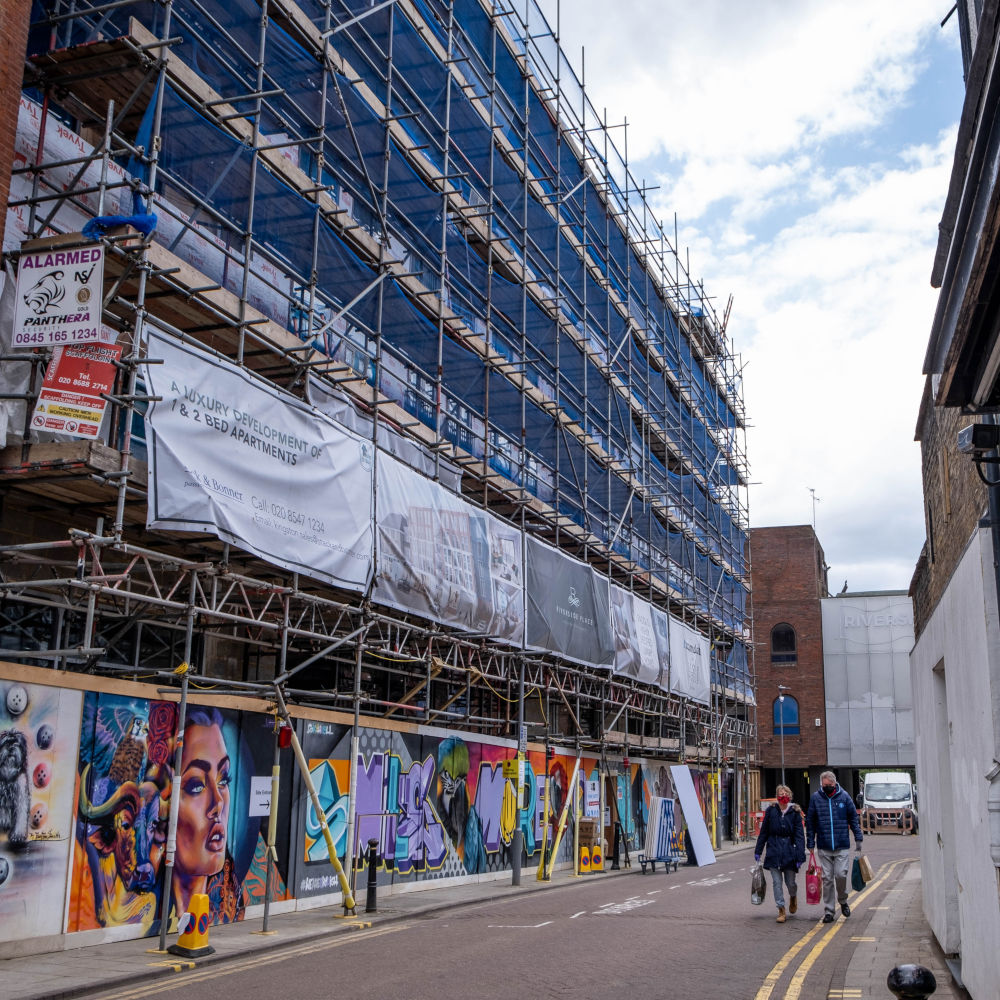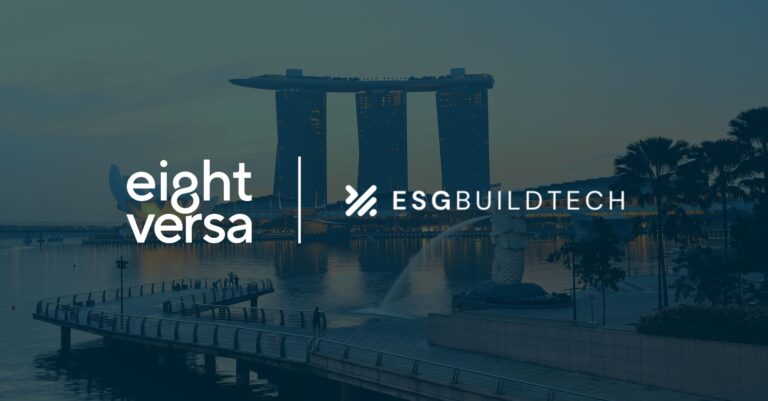Out with the Old, in with the New
The launch of the UK Net Zero Carbon Buildings Standard (UKNZCBS) marks a fundamental shift in how the construction industry approaches carbon reduction. This analysis examines the standard’s key innovations, practical implications, and the significant challenges it presents for achieving true net zero buildings.
A Unified Approach to Carbon
The standard’s most striking departure from previous frameworks is its unified treatment of carbon emissions. Rather than allowing separate claims for “Net Zero Carbon in Construction” and “Net Zero Carbon in Operations”, the UKNZCBS treats embodied and operational carbon as inseparable components. This prevents cherry-picking and forces developers to address both aspects comprehensively.
Another significant innovation is making carbon offsetting optional rather than mandatory. Buildings can be classified either as “Net Zero Carbon Aligned” (meeting base requirements) or “Net Zero Carbon Aligned Building (plus offsets)” (with additional carbon credits). This emphasis on actual reduction over offsetting represents a major philosophical shift in sustainable building standards.
Declining Carbon Thresholds
The standard introduces mandatory declining carbon thresholds that become increasingly stringent over time. Starting from 2025 baselines, these thresholds target an ambitious 92% reduction in emissions.
These apply across three key areas:
- Embodied carbon from construction
- Operational energy use
- Annual space heating demand
The thresholds vary by building type and work category (new build vs. retrofit), providing sector-specific pathways while maintaining overall rigor. This graduated approach allows the industry to adapt while ensuring consistent progress toward net zero goals.

Fossil Fuel Free Requirement
A cornerstone requirement is that all developments must be fossil fuel free, with limited exceptions for emergency systems and certain critical infrastructure. This mandate, combined with requirements for on-site renewable electricity generation, pushes the industry toward full electrification and renewable energy integration.
Technical Innovation Requirements
Achieving the standard’s long-term targets, particularly by 2050, presents significant technological challenges. Current materials technology falls short of enabling the required 92% reduction in embodied carbon. For example, even the most advanced low-carbon concrete and steel alternatives cannot yet deliver the necessary carbon reductions while maintaining structural performance.
The operational targets, while theoretically more achievable, require significant advances in:
- Heat pump technology for high-temperature applications
- Energy storage systems
- Fenestration and glazing
- Renewable energy integration
- Low-GWP refrigerants

Implementation and Verification
The standard requires annual reporting of operational energy use and any construction/refurbishment work, with verification based on actual performance data over a 12-month period with minimum 75% occupancy. This focus on measured rather than modelled performance represents a welcome shift toward accountability.
A pilot testing programme is currently underway, seeking participants across all sectors and project stages. This will inform the development of Version 1 in late 2025, which will include detailed verification requirements and is expected to add whole life carbon emission thresholds.
Future Challenges
While the standard provides a robust framework for progress, achieving true net zero buildings by 2050 remains technically challenging with current technology. The construction industry faces several critical hurdles:
- Materials Technology Gap: Achieving the 2050 embodied carbon targets requires breakthrough innovations in construction materials that don’t quite yet exist.
- Performance Verification: Accurate measurement and verification of carbon emissions, particularly in supply chains, remains complex.
- Technical Feasibility: Some building types and uses may find it extremely difficult to meet the declining carbon thresholds without significant technological advancement.
Industry Impact
The standard’s requirements will change how buildings are designed, constructed, and operated. Design teams must now have to consider the carbon thresholds and estimated impacts from the earliest stages, while contractors need to more carefully evaluate materials and construction methodologies. Building operators must focus on actual performance optimisation rather than theoretical compliance.
Looking Forward
The UKNZCBS represents a significant evolution in sustainable building standards, prioritising actual carbon reduction over box-ticking exercises. While achieving true net zero remains challenging with current technology, the standard provides a clear framework for progress and creates market pressure for necessary innovations.
The standard’s pragmatic approach – acknowledging current limitations while maintaining ambitious targets – suggests it will effectively drive industry transformation. Future revisions may need to adjust long-term targets based on technological progress, but the framework’s focus on measured performance and actual reductions provides a solid foundation for meaningful carbon reduction in the built environment.
For developers, designers, and building owners, early adoption of these principles will be crucial as regulatory requirements inevitably tighten. The standard’s comprehensive and clear-cut approach, while challenging, offers a credible pathway toward construction that can genuinely be considered ‘sustainable’, or at least low carbon.
Chris Hocknell, Director
Chris brings over 17 years’ experience of supporting the built environment and corporate world with their sustainability goals. Specialising in sustainability strategy development, Chris works closely with clients to assess and understand their carbon and environmental footprint.

Unsure what the new Net Zero Building Standards means for your project?
Get in touch, and one of our specialists can provide a 30 minute 1-to1 consultation





